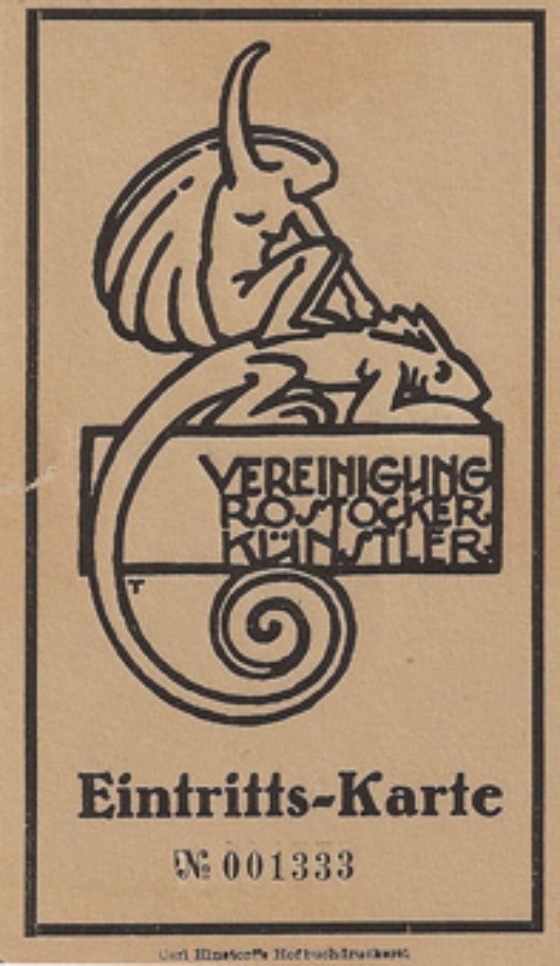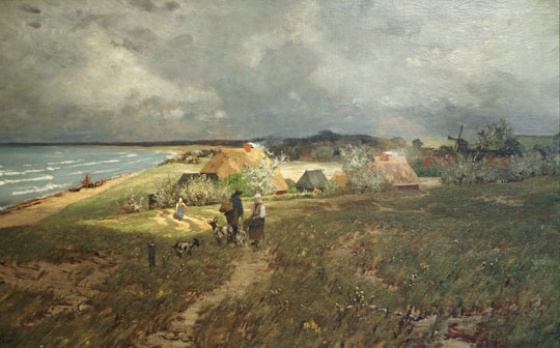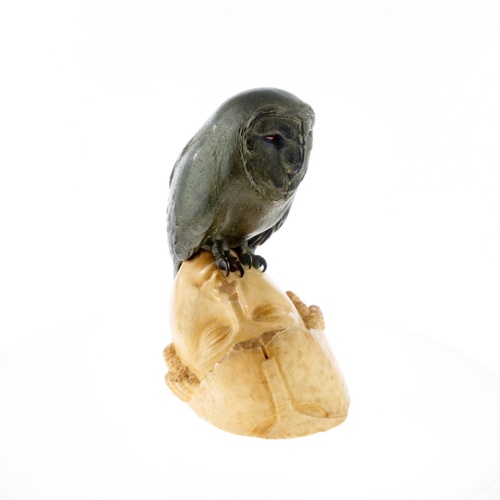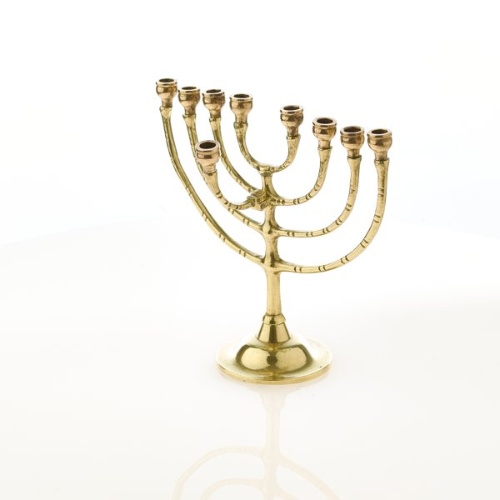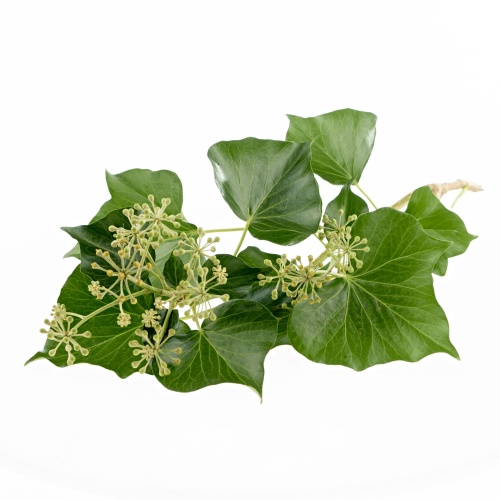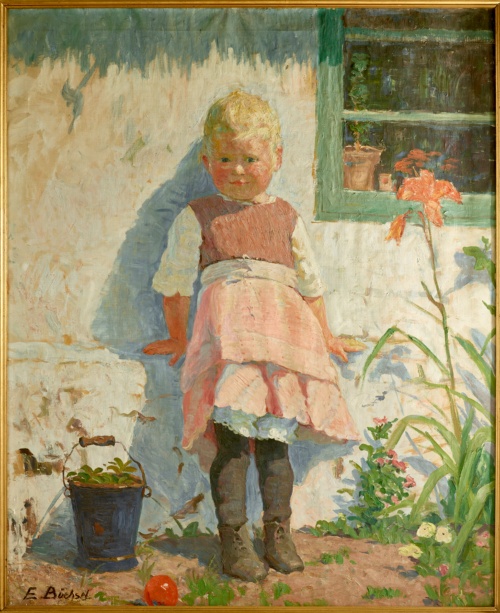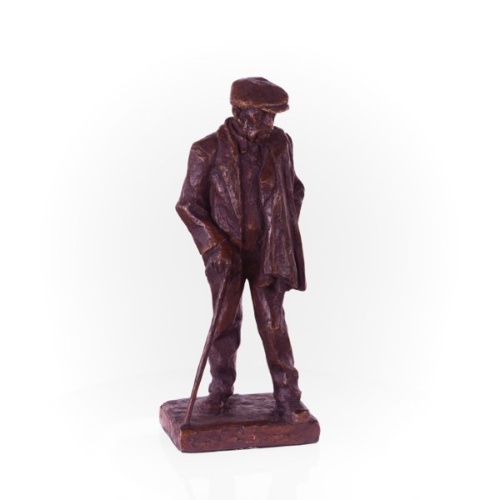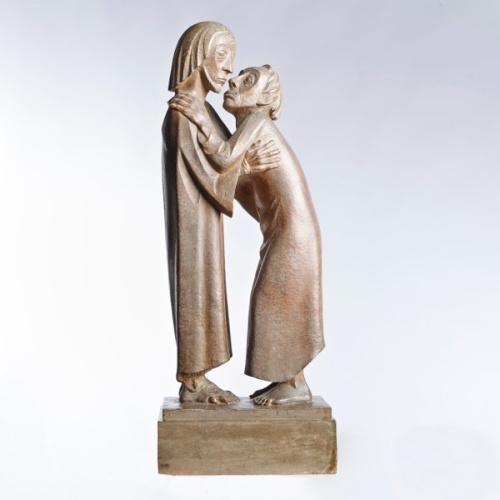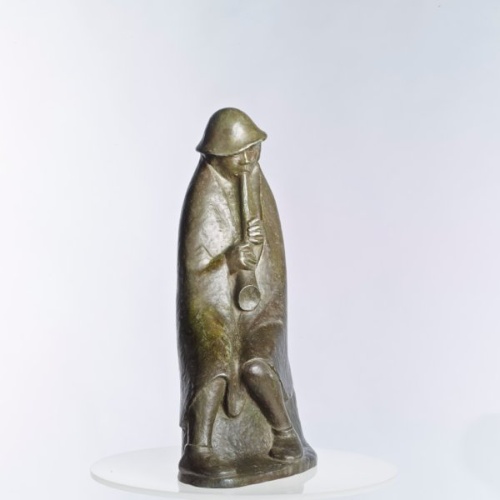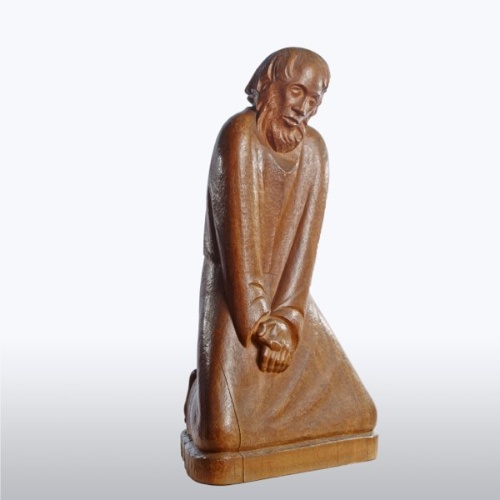Ernst Barlach created his main works in Güstrow as the most important artist. There was no Mecklenburg school of the modern.
Neustrelitz and Schwerin palaces were used as museums after the Revolution in 1918. In 1930, Schwerin received large parts of the grand ducal palace furnishings in exchange for 1,300 hectares of land owned by the state. Other towns founded new museums of local history.
Home-oriented associations had a middle-class conservative character.
Under the National Socialists Barlach was banned from exhibiting and working just like other “degenerate” artists. The folklorist Richard Wossidlo was exploited and his collections were moved to a “peasants’ museum” in Schwerin Palace in 1937.
After the war cinemas, theatres and museums were reopened by the SMA in the state. The “Cultural Association” regulated on the one hand and, on the other hand, revived humanistic factionalism. Schwerin museum experienced losses through the Russian “Trophy Commission”. The theatres turned towards classical heritage and Soviet contemporary drama. Mobile films were played in villages from 1946. In 1947, 150 libraries were recorded in the state.
